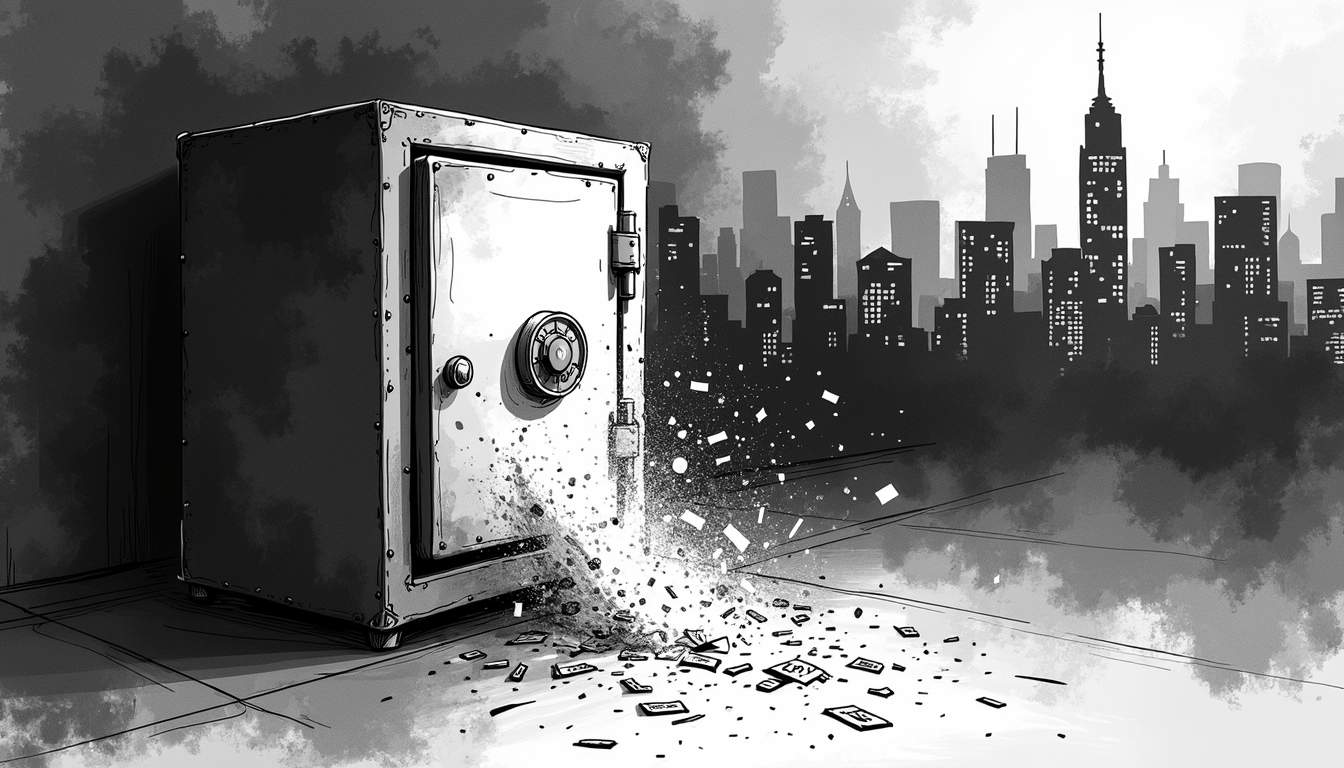- What went down with XT.com?
- How did XT.com react to the breach?
- Why did the XT token defy expectations and rise?
- What’s the broader state of crypto exchange hacks?
- How do market perceptions shape post-breach scenarios?
- Are current security measures enough to prevent hacks?
- What are the consequences of exchange hacks?
- How does XT.com stack up against others post-hack?
- What’s XT.com’s status in the exchange scene?
What went down with XT.com?
XT.com, one of the major players in the cryptocurrency exchange arena, suffered a significant cyberattack on November 28, resulting in a loss of $1.7 million in digital assets. Renowned blockchain security firm PeckShield identified the hack, which involved the transfer of funds from XT’s wallet. The stolen assets were converted into 461.58 Ether, which were subsequently dispatched to an external wallet.
How did XT.com react to the breach?
In light of the security breach, XT.com confirmed the “abnormal transfer of platform wallet assets” through an official statement. They were quick to clarify that user funds remained unaffected. They reassured users about the robustness of their reserve system, which purportedly contains 1.5 times the amount deposited by users. This was aimed at calming customers’ nerves during a tumultuous time. Additionally, XT.com planned to launch a Merkel Tree Asset Proof System in December to enhance transparency and instill confidence in their clientele.
Why did the XT token defy expectations and rise?
Surprisingly, amid the turmoil, XT token experienced a 7% uptick over the 24-hour period. This is certainly not the typical response one would expect from a platform hit by a major security breach. Analysts believe that the limited trading of XT on other exchanges may have insulated it somewhat from a broader market backlash.
What’s the broader state of crypto exchange hacks?
This incident is not an isolated one; it’s part of a concerning trend of cyberattacks targeting crypto exchanges. In September 2024, exchanges like BingX and Indodax also reported hacks, losing $43 million and $22 million respectively. Despite an overall downtrend in illicit activity within the crypto markets, exchange hacks remain a persistent threat. Chainalysis noted a 19.6% decrease in illegal transactions by mid-2024 compared to 2023, down from $20.9 billion to $16.7 billion. Yet, exchange hacks represent a significant thorn in the side of the crypto industry.
How do market perceptions shape post-breach scenarios?
Perceptions heavily influence how cryptocurrency values react to security breaches. Research indicates that such events tend to negatively impact token prices, particularly on the day of the breach and over a three-day event window. Bigger projects with more robust market caps manage to weather the storm a little better, while those in the financial services sector tend to face more severe repercussions. Timely announcements about breaches can exacerbate negative sentiment, suggesting that perceptions shaped by project size, type, and communication efforts are key determinants in post-breach token valuation.
Are current security measures enough to prevent hacks?
When it comes to security measures, blockchain firms do employ regular audits, robust cryptographic algorithms, and other best practices. These measures assist in identifying and mitigating vulnerabilities and ensuring data integrity. However, no system is foolproof. Some blockchain networks are susceptible to attacks like 51% attacks, Sybil attacks, and routing attacks. Smart contracts also face security risks. Compliance with laws is crucial, but the evolving regulatory landscape can pose significant risks to security. In the future, we may see the emergence of quantum-resistant cryptography and increased use of AI and machine learning for enhanced security.
What are the consequences of exchange hacks?
Exchange hacks have repercussions for both regulation and investor confidence. Notably, high-profile breaches often lead to sharp declines in token prices, undermining investor confidence. Trust is further eroded with frequent breaches, especially among new investors. This could lead to reduced trading volumes and stagnated market growth. Moreover, frequent security breaches attract regulatory attention, potentially resulting in stricter compliance requirements.
How does XT.com stack up against others post-hack?
Despite facing a $1.7 million hack and halting withdrawals, XT token managed to see an increase in price. This contrasts sharply with the typical scenario of a token experiencing a sharp drop in value after a security breach. Assurance that user assets remained secure, a reserve fund exceeding the total user deposits, and plans for security enhancements like the new Merkel Tree Asset Proof System may have cushioned the token against the usual market reaction.
What’s XT.com’s status in the exchange scene?
Founded in 2018 and registered in Seychelles, XT.com stands as a centralized exchange offering trading for over 1,000 cryptocurrencies. As of now, the exchange reports a daily trading volume of $3.1 billion, with $47.7 million in reserves. This positions XT.com as a significant player in the cryptocurrency market, even amidst the challenges presented by security breaches.








